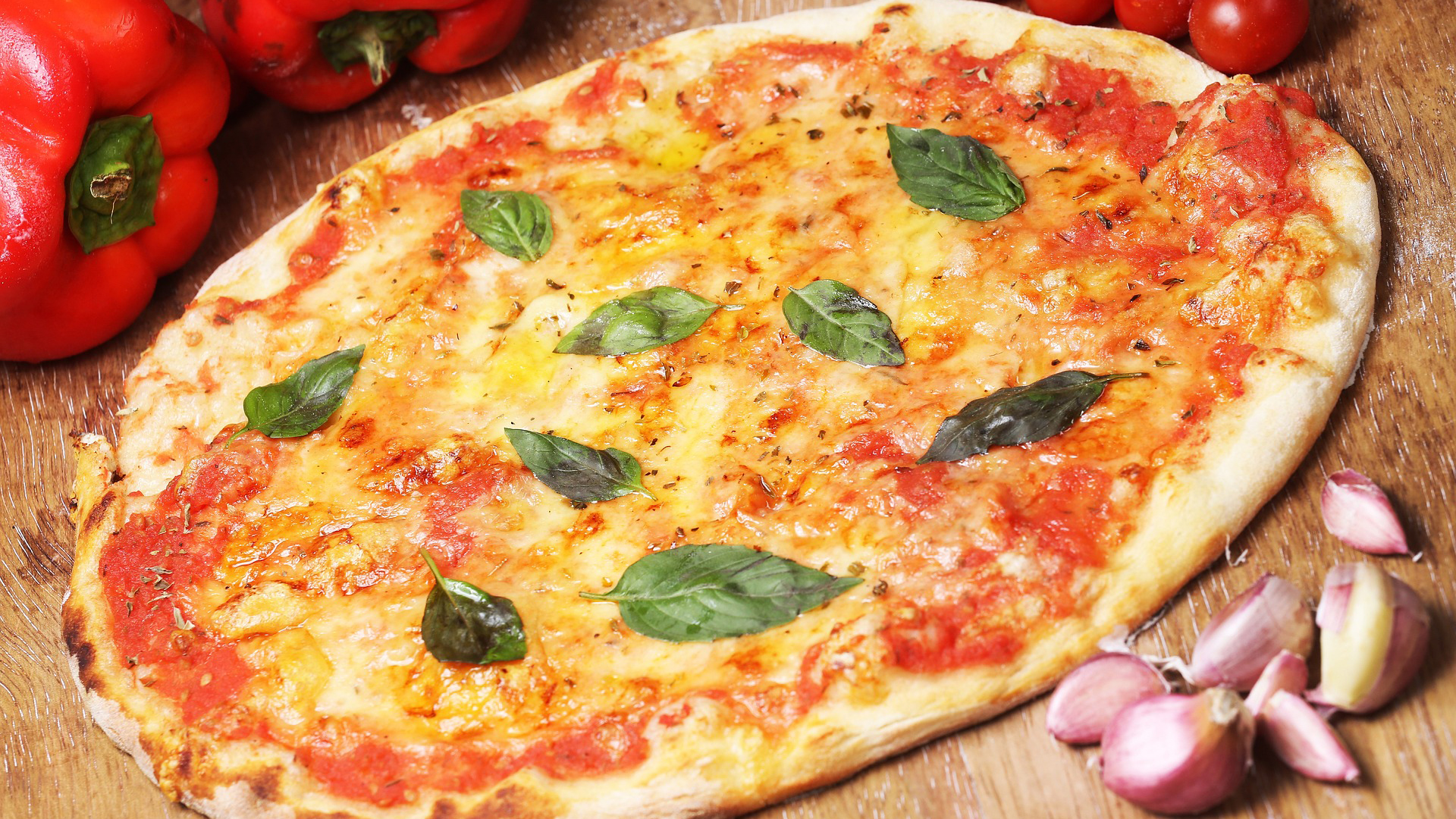Napoli is the beautifully gritty Italian city that is the birthplace of pizza, a globally loved dish, and one of the most iconic comfort foods. While you may be a pizza lover or even a connoisseur, you may not know where and how this worldwide phenomenon began.
Keep reading to learn the story and history behind the famous Neapolitan pizza.
The Basics of Neapolitan Pizza
Neapolitan pizza is a style of pizza that originated in Naples, Italy. Neapolitan pizza is prepared with fresh and simple ingredients: dough, juicy tomatoes, fresh mozzarella cheese, basil, and olive oil.
One of Neapolitan pizza’s defining characteristics is that there’s often more sauce than cheese. The middle of the pizza is often quite wet or soggy, so Neapolitan pizzas aren’t served by the slice. Neapolitan pizzas are typically small at around 10 to 12 inches.
Neapolitan pizzas are cooked at temperatures between 800 F and 900 F for no more than 90 seconds.
What makes this pizza unique?
Authentic Neapolitan pizza dough is crafted from Type 0 or Type 00 flour or a blend of the two. These flours are superfine, high in protein, and have a lower gluten content than all-purpose flour typically purchased from American grocery stores. Neapolitan pizza dough also features fresh Neapolitan or brewer’s yeast, salt, and water.
How the dough is used to make Neapolitan pizza is just as crucial. The pizza dough must be stretched to perfect thinness of no more than three millimeters, and pizzaioli (pizza makers) have passed this process down through generations in Italy.
The dough is kneaded by hand and then artistically twirled. Stroll through the charming streets of Napoli today, and you may be able to spot some theatrical displays of dough twirling to showcase the tradition.
Neapolitan pizzas also require specific tomatoes. The San Marzano tomato is an heirloom variety of plum tomatoes renowned for being sweeter and less acidic than other types.
Another tomato that makes the cut is the Pomodorino Vesuviano, a grape tomato growing near the iconic Mount Vesuvius.
When it comes to cheese, fresh buffalo mozzarella is the best option for Neapolitan pizza. This type of cheese is produced from the milk of the Mediterranean water buffalo.
Fior di latte (cow’s milk mozzarella) is also widely used for Neapolitan pizza. This rich, elastic cheese is known as the ‘pearl of the table’.
Let’s Get Certified
The Associazione Verace Pizza Napoletana (VPN) was established in 1984 in Naples. The organization aims to certify pizzerias that practice the proper artisan traditions of genuine Neapolitan pizza.
The association has several requirements that must be met to receive certification, and restaurants must officially apply for it.
There’s an American branch, and currently, only a few hundred establishments in Italy and around the world are VPN-certified.
Everything in Italy Has a History
Pizza as we know and love it today – dough topped with tomatoes and cheese – was invented in Napoli, Italy.
Before the 1700s, flatbreads were served, but they weren’t topped with tomatoes.
Tomatoes were introduced to Europe in the 16th century by travellers returning from Peru. But many Europeans wrongly believed tomatoes were poisonous until poor peasants living in Naples started piling their bread with them in the late 18th century.
Many people found the combination delicious, and the dish soon became popular. Visitors to Napoli would even look for the poorer neighborhoods to sample this unique local specialty.
Marinara pizza received its name because it was first prepared by ‘la marinara,’ a seaman’s wife, for her partner when he returned from fishing in the Bay of Naples.
It was baker Raffaele Esposito, who worked at the Napoli pizzeria “Pietro… e basta così” who is famed for creating the Margherita pizza that we all know and love.
In 1889, King Umberto I and Queen Margherita of Savoy visited Napoli. Esposito created a special pizza named in honor of the queen, featuring the Italian flag colors. Red (tomatoes), white (mozzarella), and green (basil). This was the beginning of the classic Neapolitan pizza loved and adored today.
Happy National Pizza Day!
Theresa Gambacorta
Theresa Gambacorta is a writer and cookbook co-author. Her writing has appeared in such titles as La Cucina Italiana, Spin Magazine, Men's Fitness, Muscle and Fitness, and Centennial's special interest publications. She is the co-author of chef Joey Campanaro's Big Love Cooking (Chronicle, 2020), chef Nasim Alikhani's Sofreh (Knopf, 2023), and the forthcoming vegan cookbook, Eat What Elephants Eat by activist Dominick Thompson (Simon Element, 2024).


